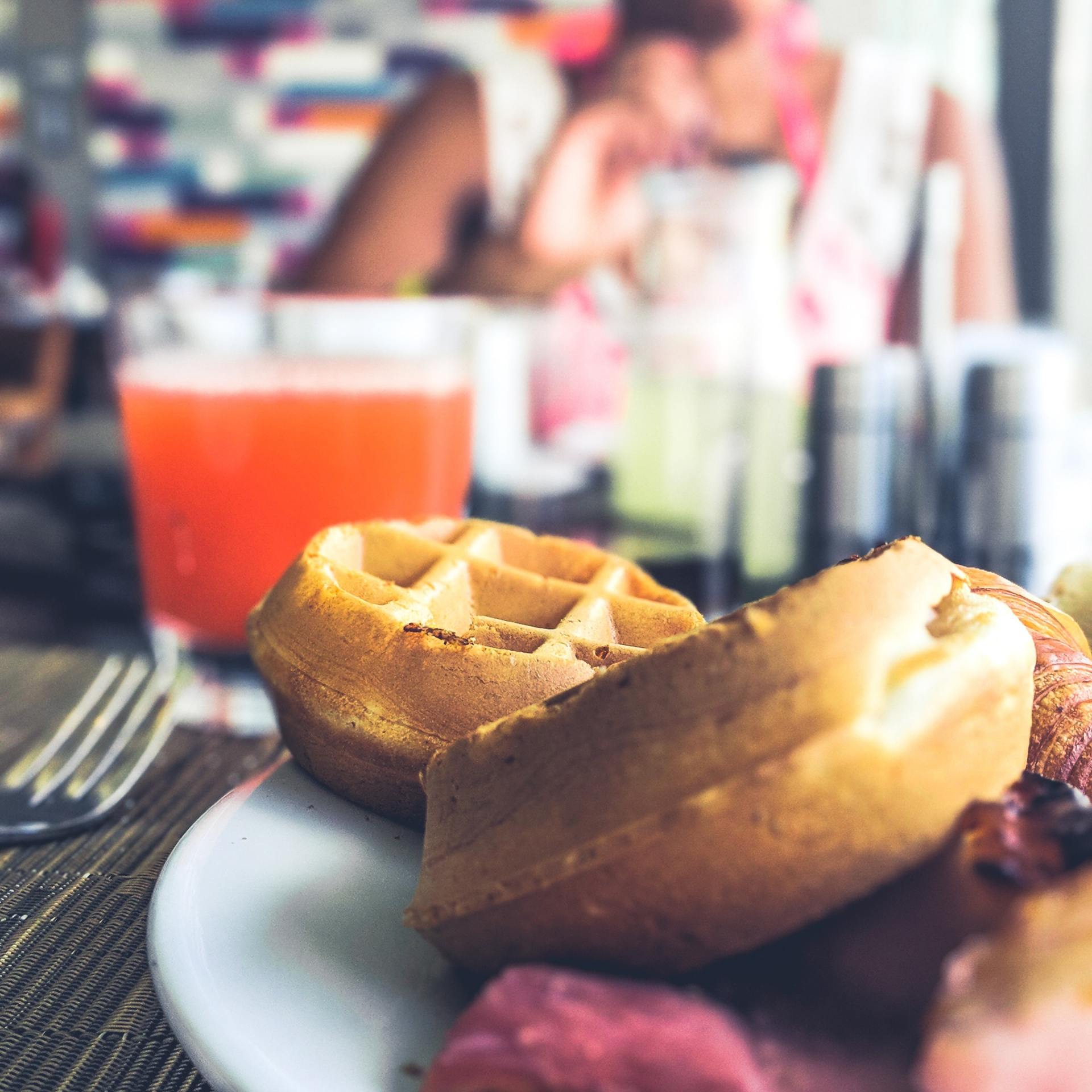Stop Craving in its TRACKS
Patricia Benjamin • April 16, 2021
Try these Nutritious HACKS

As spring comes along and the weather becomes more pleasant you may like to get outside and walk, go for a run, ride a bike, or do some yard chores and outdoor planting. For some, you may be training for upcoming running events, or even a triathlon. Something about this time of year that drives a sense of get out, be more active, and get ready form summer. Fitness, health and nutrition are of importance as well.
Whatever your goals may be, for some, eating every three or four hours satisfies the appetite. This leaves room for a possible craving to occur in the form of a snack. Snacking can become your foe or your nemeses, depending on your hunger level need or want. Take a look at the following snack choices that many of my clients have told me they eat.
Store bought Microwave Popcorn OR POP your own
Hershey’s Chocolate bar OR Dark Chocolate 70% Cocoa
Soda POP OR Tart cherry juice
Peanut Butter/Celery OR Almond Butter/Celery
Think about this... What is your "Trigger" or driving you to need this food?
First comparison is Popcorn. Are your craving something crunchy, buttery and satisfying? This is usually a “go to” in the evenings for some of you. Are you maybe craving salt? True, popcorn is high in fiber and low in calories. It also has polyphenols, an antioxidant that helps protect your body from cell and tissue damage, which is linked to heart disease. Is it just the smell, or are you watching a movie?
Second comparison is chocolate. Are you craving something sweet, silky, and satisfying? Who doesn’t like chocolate? Sometimes it is just an impulse buy at the store, especially after you have been shopping and it is staring at you in the checkout line. Other times it may be a leftover holiday treat that just “NEEDS TO BE EATEN”. Despite what you may know, chocolate is actually good for you. It definitely is a “HIT” on your brain and stress levels, as it reduces any anxiety or nervousness you may be feeling. It tastes good and it is satisfying in the moment. The higher amount of cocoa the higher amount of antioxidants. Take a look at the back of the bar and give it a pass if it contains vegetable or hydrogenated oils.
Every now and then, a good soda pop brings satisfaction. It is alright to drink a pop, but have you ever considered trying tart cherry juice? The properties of cherry juice have been found to relieve muscle soreness after working hard or training. As an antioxidant it adds to reducing heart disease. Look for 100% cherry juice to avoid added sugars. To cut the tartness add it to smoothies or seltzer waters.
Who doesn’t love the crunch of celery with peanut butter? This snack is loaded with vitamins, water and high burning fat. A super food to satisfy the craving for something sweet and crunchy. The alternative choice is celery with almond butter. Almond butter is also satisfying and has been found to lower cholesterol levels and reduce body fat. Peanut butter is only one option. Butters made from nuts pack a bunch of heart healthy fats and energy dense protein to help build or restore muscle cells.
So the next time you get a craving or need a boost in-between meals consider your options when choosing those foods consistently that will bring you closer to your goals. Nutritious Hacks can be just as satisfying!

When you eat certain carbohydrates—such as starch and sugar—they’re quickly broken down into glucose and absorbed into your bloodstream. This raises your blood glucose levels. (Also called blood sugar levels.) The more carbohydrates you eat, the higher your blood glucose rises immediately after that meal. Your body, however, strives to closely regulate your blood glucose levels. Ever had your fasting glucose measured? The “normal” range is 70 to 100 mg/dl. Your body wants to maintain this level of blood glucose, to keep you healthy and all systems functioning optimally. If your levels are somewhat greater than 100mg/dl, it not just the amount of carbs you are eating, but the types as well. Did you know that chronically elevated blood glucose levels cause inflammation that can damage your blood vessels, kidneys, eyes, and nerves. This is why being told you are insulin resistant or on the verge of diabetes (<100mg/dl) can lead to many health complications down the road. When you eat carbohydrates, and blood glucose rises, your body signals your pancreas to releases insulin, which helps your cells convert the carbs into useable energy. Insulin is your body’s key regulator of blood glucose. Too little insulin and you have long term damage and complications, too much insulin and you can go into a coma or suffer from Insulin Shock. What Is Insulin Shock? “Insulin shock” is a common term for low blood sugar, or hypoglycemia. It may also be called an insulin reaction. The exact blood sugar level that leads to symptoms varies, but is generally less than 70 mg/dl. A low blood sugar level triggers your body to release the hormone epinephrine, also called adrenaline. This release causes the early symptoms of insulin shock, which can come on quickly. If you don’t treat dropping blood sugar ASAP, your brain will stop getting glucose and your symptoms will get worse. If levels stay low for too long, you can have a seizure or go into a diabetic coma. After consumption of 75 grams of carbohydrate your Pancreas releases enough insulin to move glucose from your muscle and fat cells to other parts of your body to be used as energy or stored for use later. Without insulin, your blood glucose levels would stay elevated for a much longer period. And that would be very bad. This is why people with type 1 diabetes must take insulin every day via injections or a pump. The important thing to understand is that when blood glucose goes up, insulin goes up. This is important for a couple of reasons. First and foremost, if you eat a lot of carbs throughout the day, know your why for eating them because not all carbohydrates are the same. There are simple and complex carbohydrates. Examples of complex carbs are whole grains, fruits and veggies, all of which contain fiber which slows absorption into the blood. Consider these for starting your morning, a pick me up in the late afternoon in order to get you through to dinner time. Simple carbs are foods like pastas, potatoes, white bread, and white rice or simple sugars, as in sodas and alcoholic mixers. All carbohydrates contain a glycemic value or index. The higher the glucose value, the higher your blood glucose and the higher your insulin levels in response. Again, know your why. What Is Insulin Resistance? Insulin Resistance is when cells in your muscles, fat, and liver do not respond well to the insulin put out by your pancreas and cannot use glucose from your blood for energy. To make up for it, your pancreas makes more insulin, which doesn’t do any good, hence the term insulin resistant. Over time, the result is your blood sugar levels go up because it just doesn’t matter how much insulin is produced, your body becomes resistant to converting the sugar in your blood to fuel. Without regulation of the amount and type of carbohydrates you eat, high blood sugar levels will do damage to blood vessels, internal organs, eye site, and increases the likelihood of nerve damage in extremities. Many factors determine if you are susceptible to Insulin Resistance or Diabetes. • Fitness level • Body fat • Genetics • Microbiome health (“Gut Health” or microorganism balance) • Muscle mass • How recently, vigorously, and long you have exercised • Time of day • What else you’re eating (for example, fat and fiber—can slow the absorption of glucose, slowing the insulin response, while certain proteins (whey protein amino acids can increase the insulin response.) What is Insulin Sensitivity? Typically the more active you are the more sensitive your cells are to insulin. To be insulin sensitive means you need less insulin to move glucose out of your bloodstream. Typically, the leaner and more active a person, the more sensitive cells are to insulin. This is known as insulin sensitivity. Meaning, you need less insulin to move glucose out of your bloodstream. Being active and scheduling intentional movement or exercise into your daily routine matters. You will tolerate carbohydrates better and your body will better use them for performance and recovery. What matters most for fat loss? Choose natural, whole food carbohydrates that are packed with fiber. For example, an apple, peach, or watermelon, over an ice cream sandwich, soda pop, or cookie. All have sugar and provide stimulus to your pancreas to produce insulin, and give you a burst of energy, however, chances are your pancreas will be on overdrive for the later. Furthermore, constantly eating these foods packed with simple sugars will not bring you any closer to your weight loss goals. So choose your carbohydrates wisely. Eat more fruits, whole grains, and veggies. Also, be sure to schedule movement, or exercise into your day. Fuel your body for years of vitality, be mindful of the whole foods and natural carbohydrates you eat and why you are eating them. Focus on practices such as meal planning/preparation for the week that will sustain a routine for a healthier you!

